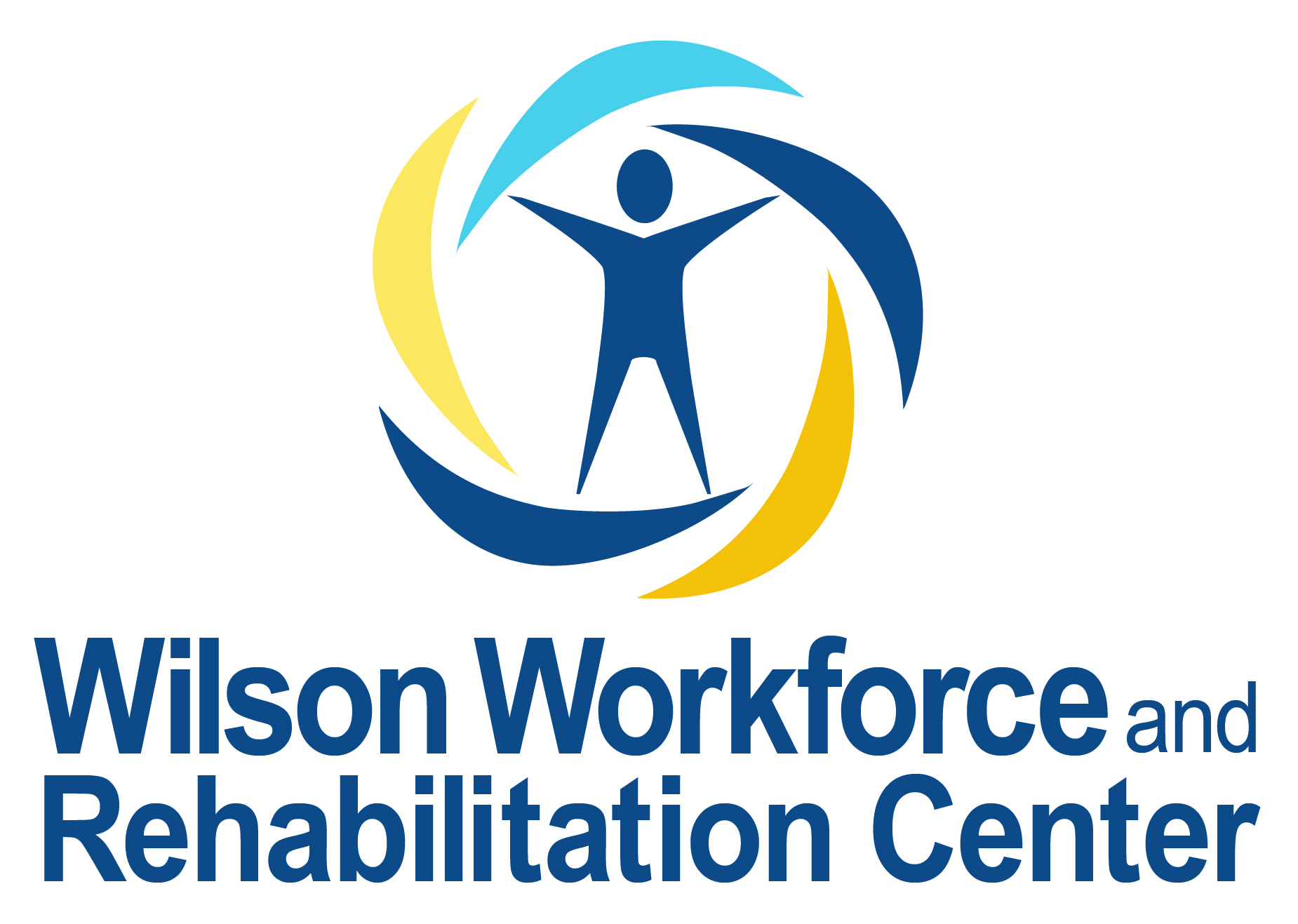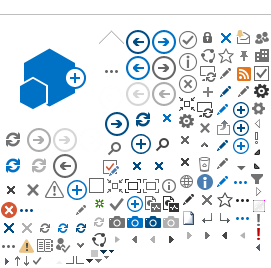Federal law establishes the unified definition of an Eligible Career Pathway Program. Career Pathway Programs that meet the federal definition offer a clear sequence, or pathway, of education coursework and/or training credentials aligned with employer-validated work readiness standards and competencies. Federal law dually standardizes the criteria for ECPP status under the Workforce Innovation and Opportunities Act (WIOA) and to meet the eligible postsecondary program component for potential Title IV aid under the Higher Education Act of 1965, as amended.
The term ‘‘career pathway’’ means a combination of rigorous and high-quality education, training, and other services that—
(A) aligns with the skill needs of industries in the economy of the State or regional economy involved;
(B) prepares an individual to be successful in any of a full range of secondary or postsecondary education options, including apprenticeships registered under the Act of August 16, 1937 (commonly known as the ‘‘National Apprenticeship Act’’; 50 Stat. 664, chapter 663; 29 U.S.C. 50 et seq.) (referred to individually in this Act as an ‘‘apprenticeship’’, except in section 171);
(C) includes counseling to support an individual in achieving the individual’s education and career goals;
(D) includes, as appropriate, education offered concurrently with and in the same context as workforce preparation activities and training for a specific occupation or occupational cluster;
(E) organizes education, training, and other services to meet the particular needs of an individual in a manner that accelerates the educational and career advancement of the individual to the extent practicable;
(F) enables an individual to attain a secondary school diploma or its recognized equivalent, and at least 1 recognized postsecondary credential; and
(G) helps an individual enter or advance within a specific occupation or occupational cluster.
Documentation of WWRC's basis for compliance with the federal Career Pathway definition for its training programs is reviewed and updated annually, as relevant. Current documentation can be found by clicking on the relevant link(s) below:
Business and Information Technology Department
Manufacturing and Production Occupational Areas
Services and Trades Occupational Areas

